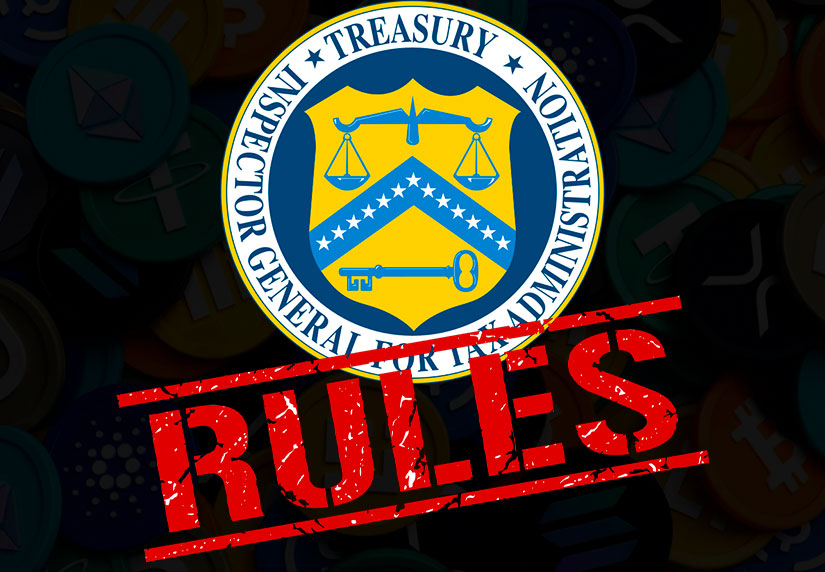The U.S. Treasury Department has released a proposed rule that clarifies the tax reporting obligations for crypto brokers, including exchanges, payment processors, and some wallet providers. The rule also exempts miners and certain decentralized platforms from the reporting requirements.
Treasury Department Offers a Little More Clarity
The Treasury Department has issued a draft rule that explains how crypto brokers should report their customers’ transactions to the IRS and FinCEN. The rule is based on the 2021 Infrastructure Investment and Jobs Act, which requires crypto brokers to report transactions and imposes a $10,000 reporting threshold.
The proposed rule defines a crypto broker as “a person who regularly offers to effectuate transfers of digital assets on behalf of another person.” This includes centralized platforms, payment processors, some hosted wallet providers, some decentralized exchanges, and persons who redeem their digital assets.

The rule also introduces a new tax form, the 1099-DA, that crypto brokers can use to file their reports. However, the rule excludes miners and other entities that only validate transactions on a distributed ledger from the definition of brokers, as they are not intermediaries or facilitators of transfers.
The rule also acknowledges that some decentralized platforms may not be able to obtain or verify the information required for reporting, and solicits alternative approaches that respect privacy and technical limitations.
The rule aims to close the tax gap, address the tax evasion risks posed by digital assets, and ensure a level playing field for all taxpayers. The rule also gives the crypto industry more time to comply with the new reporting system, as it will apply to exchanges in 2025 and brokers in 2026.
The proposed rule is expected to face scrutiny and feedback from the crypto industry and other stakeholders, as it has significant implications for the innovation and growth of the sector. The Treasury Department and the IRS will also hold public hearings on November 7 and 8 to discuss the rule.


